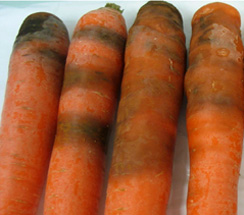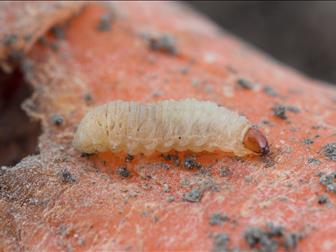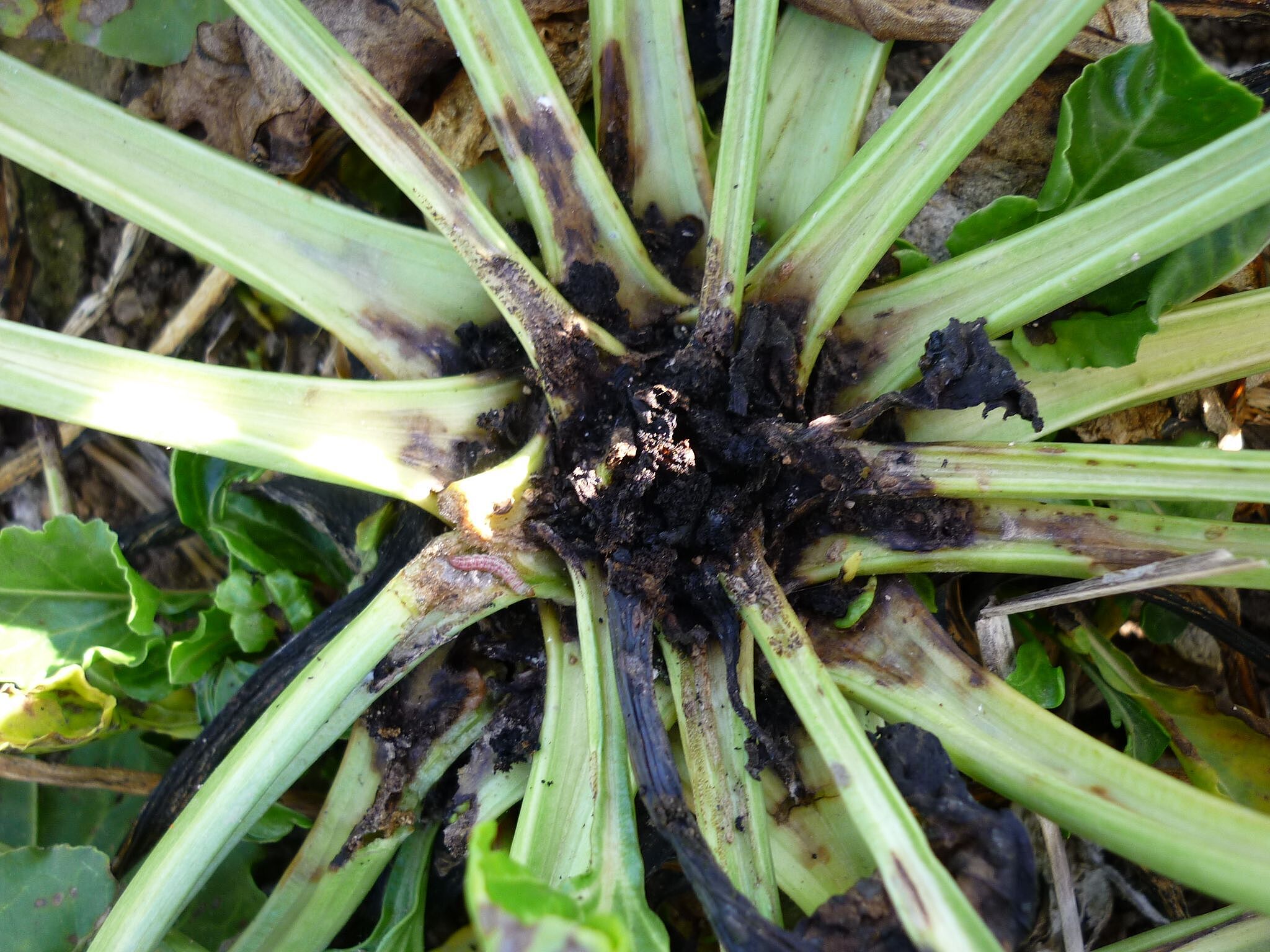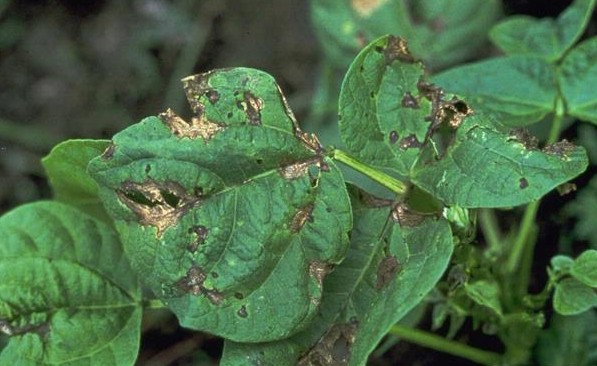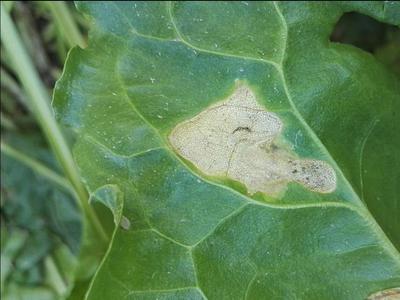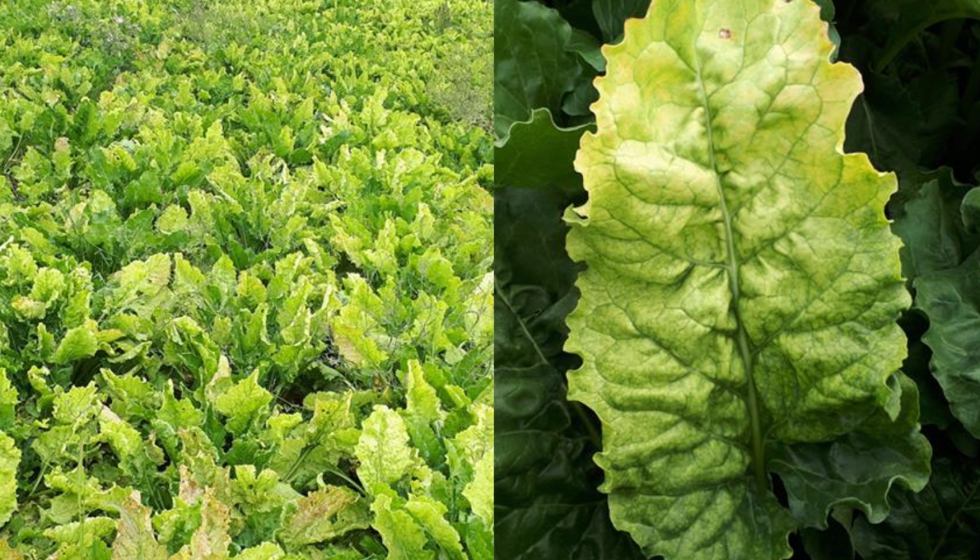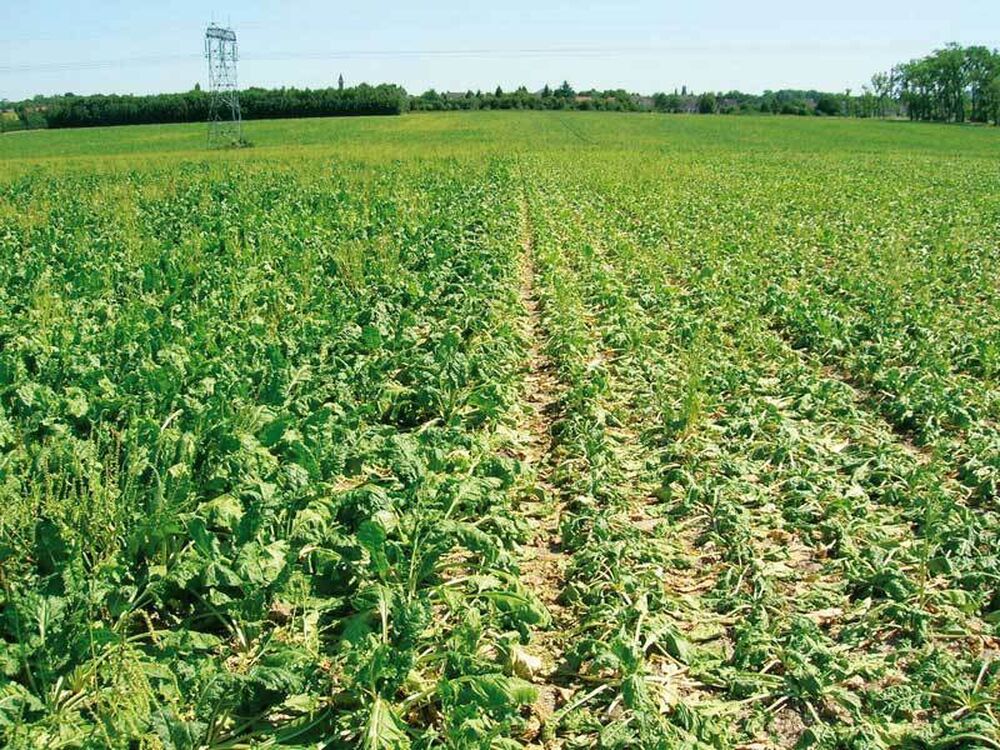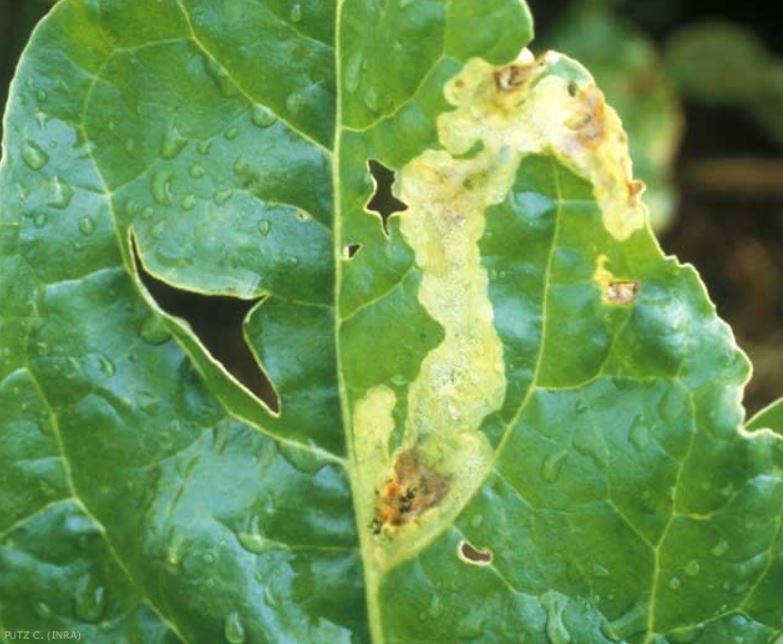
Tomate
How to recognize and combat anthracnose in tomatoes
Anthracnose
Fungus
Type:
Risk to the plant:
HIGH
Colletotrichum Sp.
Pathogen:
Antracnosis

WHO CAUSES IT?
Colletotrichum sp. is a genus of phytopathogenic fungi known to cause anthracnose in various plants, including tomatoes. These fungi develop primarily from asexual spores known as conidia, which are spread by wind, rainwater, and irrigation. Conidia germinate in conditions of high humidity, forming a germ tube that penetrates the plant tissues through wounds or natural openings. Once inside, the fungus forms a mycelium that spreads through the tissues, causing necrosis and producing acervuli, structures that emerge on the surface of the plant and release new conidia. These acervuli allow the fungus to spread to new areas of the plant and to other nearby plants. Colletotrichum can survive on infected plant remains and in the soil, waiting for favorable conditions to restart the infectious process.
SYMPTOMS
Anthracnose caused by Colletotrichum sp. In tomatoes, it mainly manifests itself in the fruits, although it can also affect the leaves and stems. The disease is characterized by the appearance of sunken black or brown Taches on the surface of the fruits, which can eventually cover large areas and cause rot. The leaves may show small, dark Taches, which expand and may fuse, leading to tissue necrosis.
- Sunken black or brown Taches on the fruits
- Rotting of affected fruits
- Small, dark Taches on the leaves
- Expansion and fusion of leaf Taches
- Leaf tissue necrosis
- Dark, elongated lesions on the stems
- Defoliation and weakening of the plant

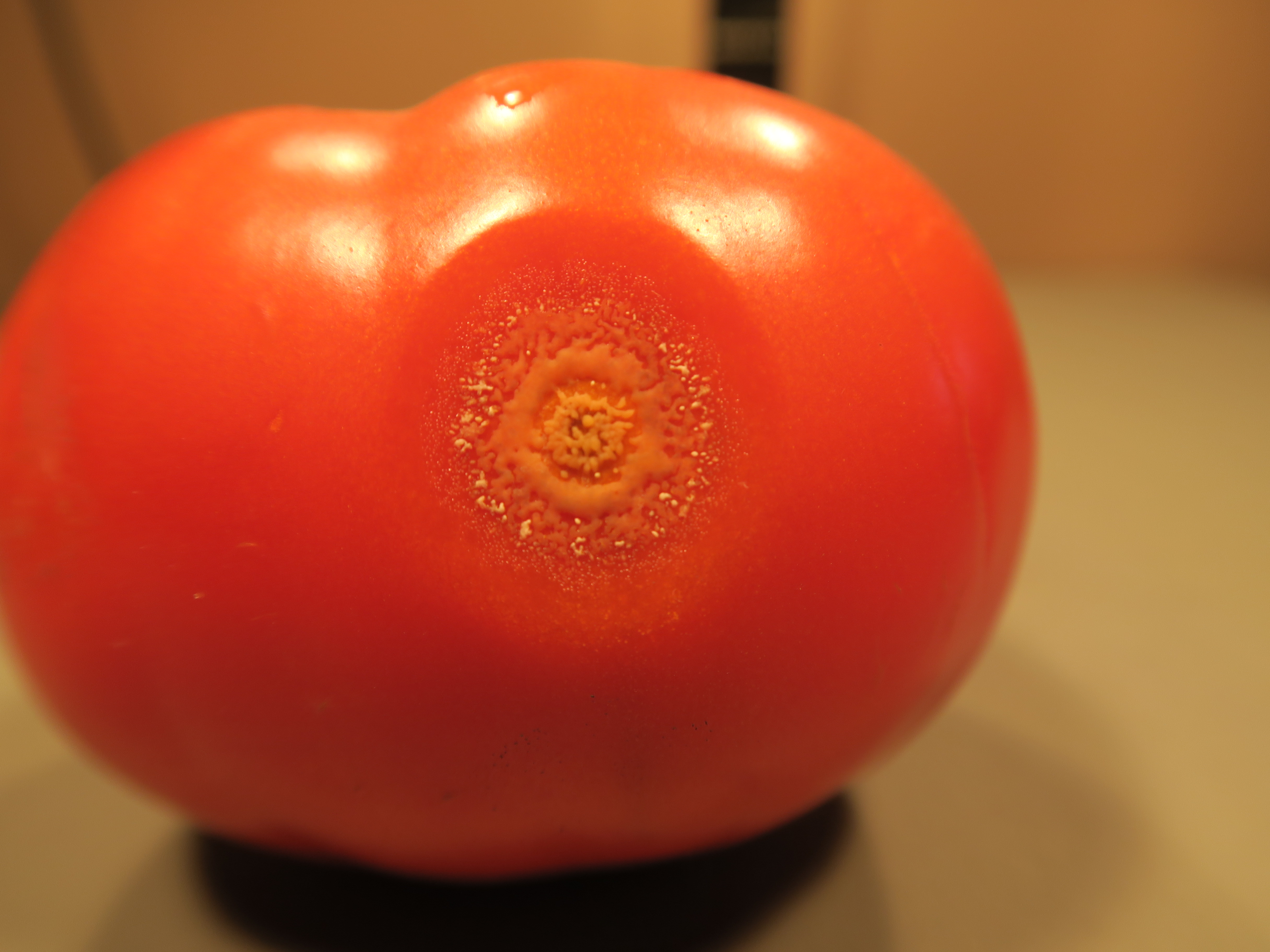

DEVELOPMENT CONDITIONS
Temperature:
20-30°C
Humidity:
80-100%
HOW IS IT SPREAD?
Wind, rainwater, overhead irrigation, contaminated tools, direct contact with infected plants, infected crop residues, infested soil
HOW TO ELIMINATE IT?
Home treatments
There are no home treatments
Natural allies
Chemical treatments
There are no treatments for this disease. Treatments are directed at the insect vectors that transmit it. See insect treatments.
RECOMMENDED PRODUCTS TO ELIMINATE THE PEST
Sponsored link
Sponsored link
Sponsored link
Sponsored link
Sponsored link
Sponsored link
Effective against all types of fungi
REPELLENT PLANTS
-
RECOMMENDATIONS
- Remove and destroy the parts affected by the disease.
- Avoid wetting the leaves and fruits when watering.
- Improves ventilation between plants to reduce humidity.
- Disinfect tools after using them.
- Apply natural treatments such as garlic or copper extracts.
- Do not always grow in the same place if there were problems before.





















